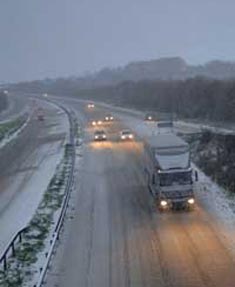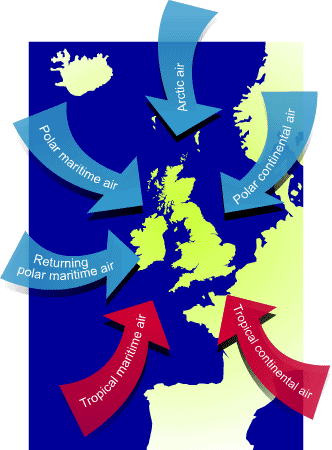1. Visit https://www.youtube.com/watch?v=_uuMpVf2R8E

2. On 10th January 1992 some 28,800 plastic bath-tub toys splashed into the sea at 44.7°N, 178.1°E. The first ducks arrived on beaches near Sitka in Alaska in September the same year, and then again in 1994, 1998, 2001, and 2003. The bath toys are still washing ashore today.
3. What does this tell us about the oceans?__________________________________________________________________________________________________________________________________________________________________________________________________________________________________________________________________________________________
4. Complete this table using the rubber ducks on the map, to show where each rubber duck has travelled to and which rubber duck made landfall first.
| Date of landfall | Location of landfall | Journey of rubber duck (oceans travelled through, countries passed by) |
Extension: Using a map of the world’s ocean currents, identify which currents the ducks travelled on to reach their final destinations.
5. What do the journeys of the rubber ducks tell you about ocean currents?__________________________________________________________________________________________________________________________________________________________________________________________________________________________________________________________________________________________
6. Why do you think the toys have been able to survive in the oceans since 1992?__________________________________________________________________________________________________________________________________________________________________________________________________________________________________________________________________________________________
7. Visit https://theoceancleanup.com/great-pacific-garbage-patch/ and watch the video and answer the following questions.
8. What is the Great Pacific Garbage Patch?__________________________________________________________________________________________________________________________________________________________________________________________________________________________________________________________________________________________
9. How much plastic floats in the Great Pacific Garbage Patch?________________________________________________________________________________________________________________________________________________________________
10. What are the effects on marine life and humans?__________________________________________________________________________________________________________________________________________________________________________________________________________________________________________________________________________________________
11. Do you think some of the Rubber Ducks might still be in the Great Pacific Garbage Patch? Why?__________________________________________________________________________________________________________________________________________________________________________________________________________________________________________________________________________________________



